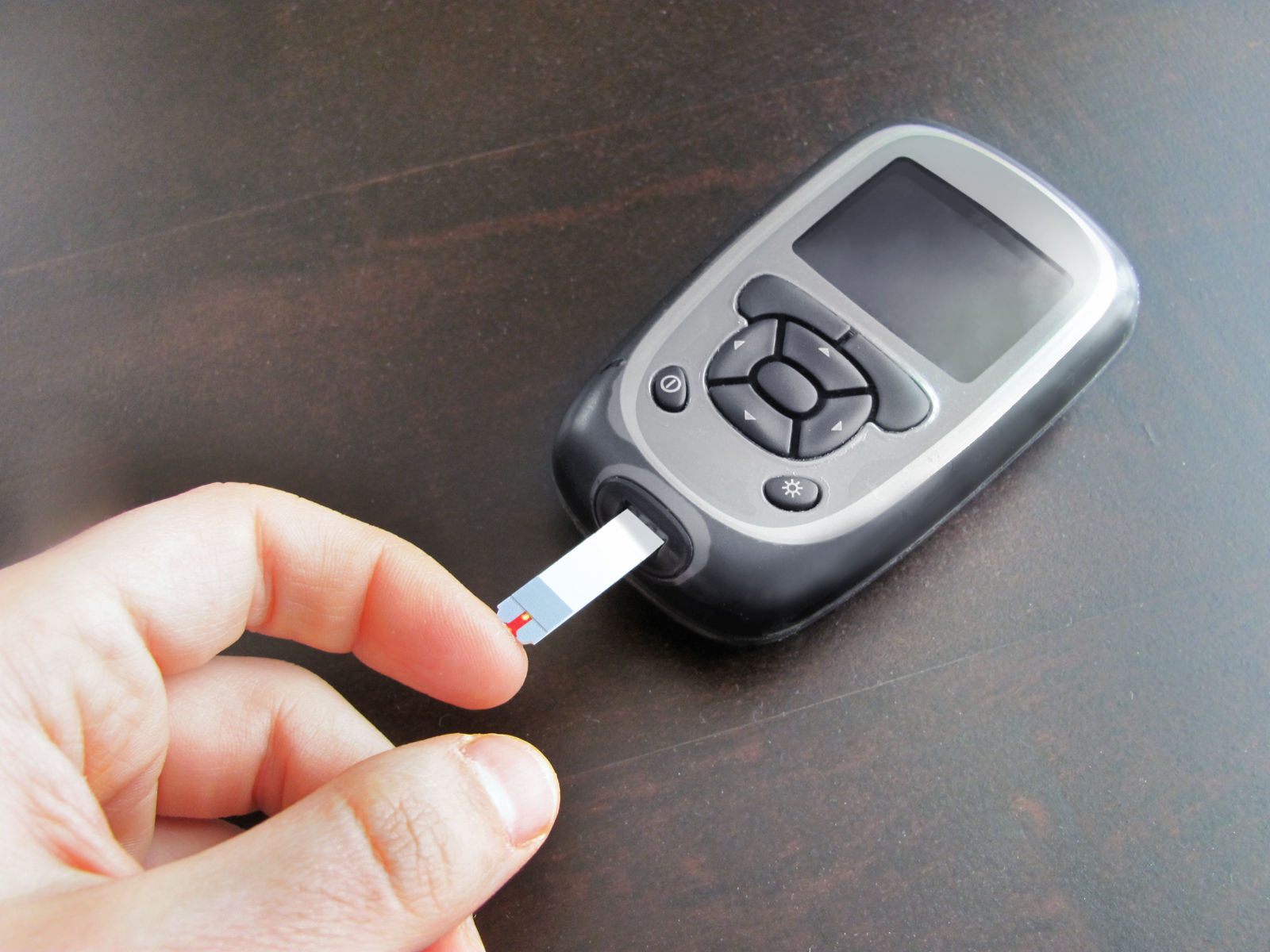
WEDNESDAY, Oct. 15, 2014 (HealthDay News) — There’s no magic bullet in the foreseeable future for the treatment of people infected by Ebola, infectious-disease experts say.
No one knows if any of the experimental drugs used during the ongoing Ebola epidemic actually work. The most promising therapies — ZMapp, TKM-Ebola and brincidofovir — are all months or years away from clinical trials that would prove their effectiveness.
“There are no licensed medications for the treatment of Ebola,” said Dr. Pritish Tosh, an assistant professor of infectious diseases at the Mayo Clinic in Rochester, Minn. “The medications now being discussed have not gone through clinical trials, so we don’t know if they have any effect to improve or harm patients.”
Instead, doctors currently are turning to two time-tested options for Ebola treatment — supportive care and blood transfusions from Ebola survivors.
Right now, an Ebola patient’s best hope is to get to a hospital that can provide supportive care, Tosh said.
Ebola — which has been ravaging the West African nations of Guinea, Liberia and Sierra Leone for months — attacks the major organs of the body, eventually crippling them as the disease progresses.
Tosh said the only proven way to help a patient survive is to give them plenty of fluids and use technology to replace the function of organs failing under the assault of Ebola — dialysis to replace the kidneys, artificial respiration to replace failed lungs, and the like.
New patients also are beginning to receive blood transfusions from Ebola survivors, in the hopes that antibodies formed during the survivor’s illness will attack the virus raging in the recipient.
Dallas nurse Nina Pham, who contracted the virus while caring for the first Ebola patient diagnosed in the United States, has received a transfusion of plasma from Dr. Kent Brantly. A medical missionary, Brantly survived after contracting Ebola in Liberia while volunteering as an aid worker there. Brantly’s blood also has been donated to at least one other Ebola patient, Dr. Rick Sacra, a fellow medical missionary who survived the disease as well.
The transfusion of Brantly’s blood plasma into Pham “is a significantly better tool for fighting this virus than offering supportive care alone,” said Stefan Juretschko, director of infectious diseases diagnostics at North Shore-LIJ Health System in Great Neck, N.Y.
“His plasma — the clear part of blood, centrifuged to separate it from red blood cells — is plentiful with antibodies accumulated during his own fight against Ebola several months ago. The amount of antibodies from Brantly serve as weapons to the virus and is far superior to the yet to be formed antibodies of the Texas nurse herself as she fights the disease,” Juretschko added.
Blood transfusions from Ebola survivors aren’t new, Tosh said. Doctors have been using them since the first outbreak of Ebola in Africa back in 1976.
“They transfused blood from a survivor to a laboratory worker who had been infected, and it worked. The patient survived,” he said. “It’s been done a number of times since.”
Brantly also received the experimental Ebola drug ZMapp, a cocktail of three laboratory-produced antibodies. So did a fellow American aid worker stricken with Ebola, Nancy Writebol.
But there were a limited number of doses of ZMapp available, and they’re all gone, said Dr. Anthony Fauci, director of the U.S. National Institute of Allergy and Infectious Diseases. On top of that, physicians have no way of knowing if ZMapp helped Brantly and Writebol survive, or if they survived solely due to the supportive care they received at an American hospital.
“There are no more doses left,” Fauci said. “We don’t even know if it [ZMapp] helped, or hurt, or had no effect on the people it was given to.”
Production of ZMapp has been ramped up under a $24.9 million, 18-month contract between the U.S. government and the drug’s developer, Mapp Biopharmaceutical of San Diego. But it’s unclear when more doses will become available.
Another experimental Ebola drug, TKM-Ebola, also has been used to treat patients during the current outbreak, most notably Sacra, who recovered at Nebraska Medical Center in Omaha.
But the drug remains under a partial hold by the U.S. Food and Drug Administration, which has asked its manufacturer — Tekmira Pharmaceuticals Corp. of Vancouver, Canada — for additional information to ensure the drug is safe at higher doses. Until the hold is lifted, clinical trials to prove its safety and effectiveness cannot proceed.
Researchers currently hold the most hope for brincidofovir, a drug being given to Ebola patients that already has something of a track record. The experimental antiviral is in advanced clinical trials for use in humans against cytomegalovirus, a viral infection that often affects children, and adenovirus, which typically leads to respiratory illness.
“There’s a good supply of it, and it’s already been given to more than 1,000 humans for other reasons,” Fauci said. “There’s considerable experience of safety with brincidofovir.”
Brincidofovir also has been shown to kill Ebola in the laboratory, said Dr. Craig Smith, medical director of infectious diseases at University Health Care System in Augusta, Ga.
Smith likened brincidofovir to AZT, a drug that languished on the shelf for years as a controversial cancer drug before being proven as a treatment for HIV, he said.
“I think this product is coming to the surface as a potential therapy,” Smith said. “If you’re going to bet your money, you would bet it’s going to probably work in people.”
But all this attention on new therapies must not take away from the research and infection control that will ultimately end the current outbreak in West Africa, Tosh argued.
“The real focus needs to be on the boots on the ground in West Africa that’s required to stop the outbreak,” he said.
More information
For more on Ebola, visit the U.S. Centers for Disease Control and Prevention.
Copyright © 2025 HealthDay. All rights reserved.

